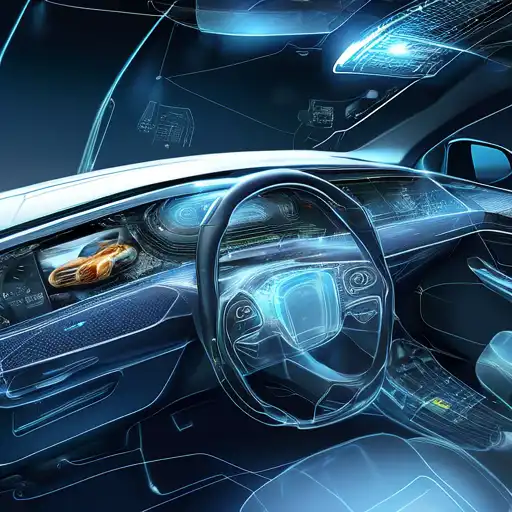The Role of Embedded Systems in Modern Automotive Industry
Embedded systems have become the backbone of the automotive industry, driving innovations that enhance safety, efficiency, and user experience. These compact, efficient computing systems are designed to perform dedicated functions within larger mechanical or electrical systems, making them ideal for automotive applications.
Enhancing Safety Through Embedded Systems
One of the most critical contributions of embedded systems in the automotive sector is the enhancement of vehicle safety. Features such as anti-lock braking systems (ABS), electronic stability control (ESC), and advanced driver-assistance systems (ADAS) rely heavily on embedded technology to function effectively. These systems process data in real-time to make split-second decisions that can prevent accidents and save lives.
Innovations Driven by Embedded Technology
Beyond safety, embedded systems are paving the way for groundbreaking innovations in the automotive industry. From electric vehicles (EVs) that require sophisticated battery management systems to autonomous cars that depend on a complex network of sensors and processors, embedded technology is at the heart of these advancements. The integration of IoT (Internet of Things) with embedded systems is also enabling smarter, more connected vehicles that can communicate with each other and with road infrastructure to improve traffic flow and reduce congestion.
The Future of Automotive Embedded Systems
As the automotive industry continues to evolve, the role of embedded systems is set to expand even further. With the advent of 5G technology, vehicles will become more connected than ever, enabling faster data exchange and more sophisticated autonomous driving features. Additionally, the push towards sustainability is driving the development of more energy-efficient embedded systems that can help reduce the carbon footprint of vehicles.
For those interested in the intersection of technology and automotive, exploring the latest trends in automotive technology can provide valuable insights into how embedded systems are shaping the future of transportation.
Conclusion
Embedded systems are revolutionizing the automotive industry by enhancing safety, enabling innovation, and paving the way for a more connected and sustainable future. As technology continues to advance, the potential for embedded systems in automotive applications is limitless, promising to bring about even more exciting developments in the years to come.
